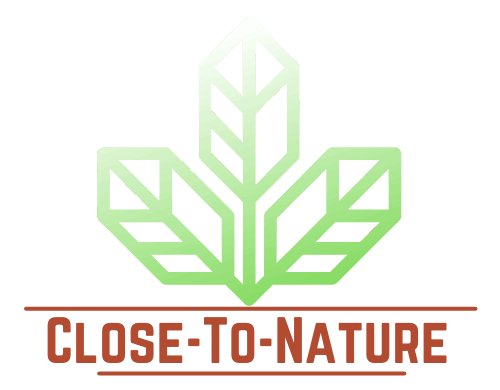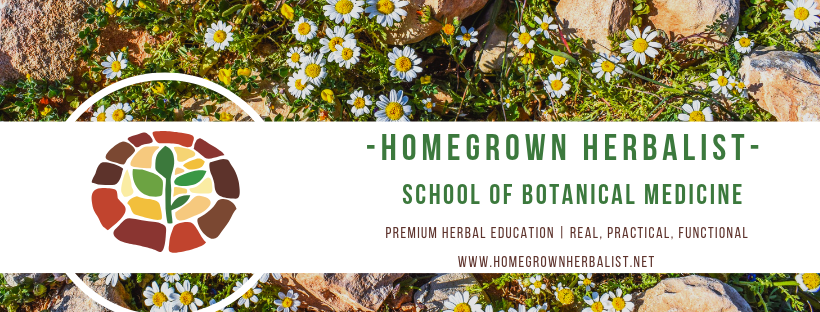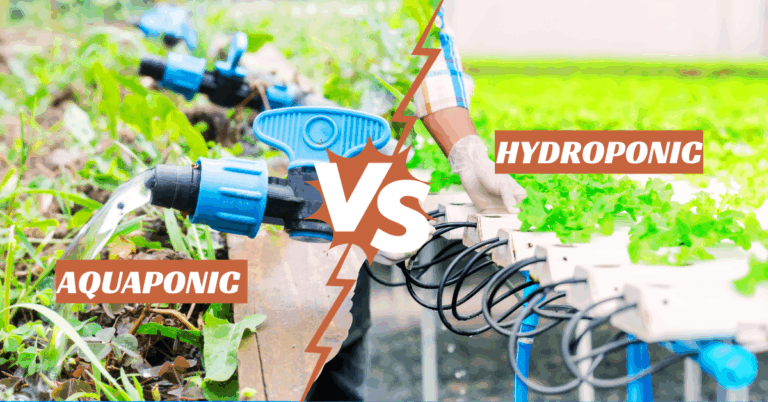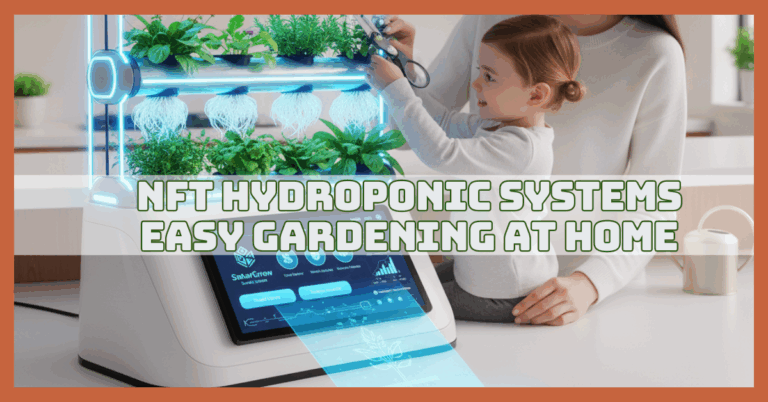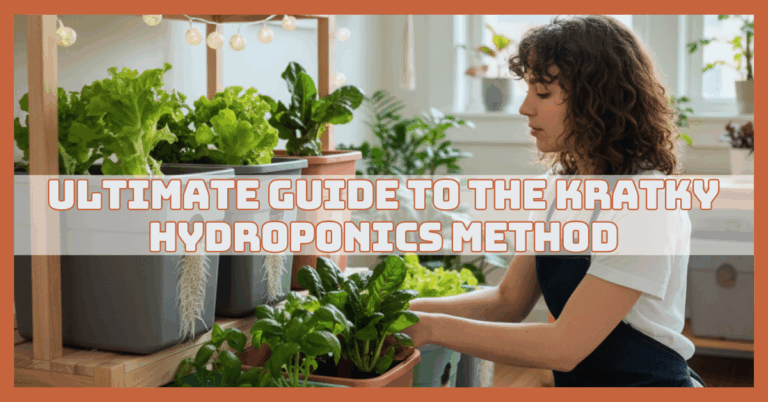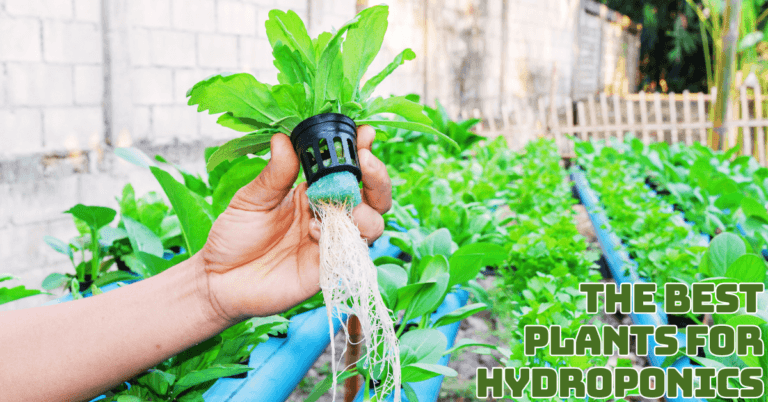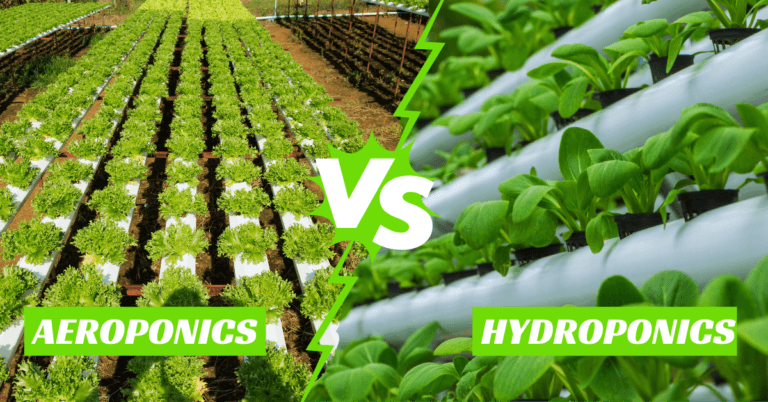Best Nutrient Solutions For Hydroponics
Best Nutrient Solutions For Hydroponics
The foundation of a good hydroponic garden is nutrient solutions, which give plants the necessary components to flourish in the absence of soil.
In a controlled environment, delivering the right balance of nutrients directly to plant roots is key to healthy growth and high yields.
This article explores the importance of nutrient solutions for hydroponics, the key components they contain, and how to create or choose the best mix for optimal plant performance in your hydroponic system.
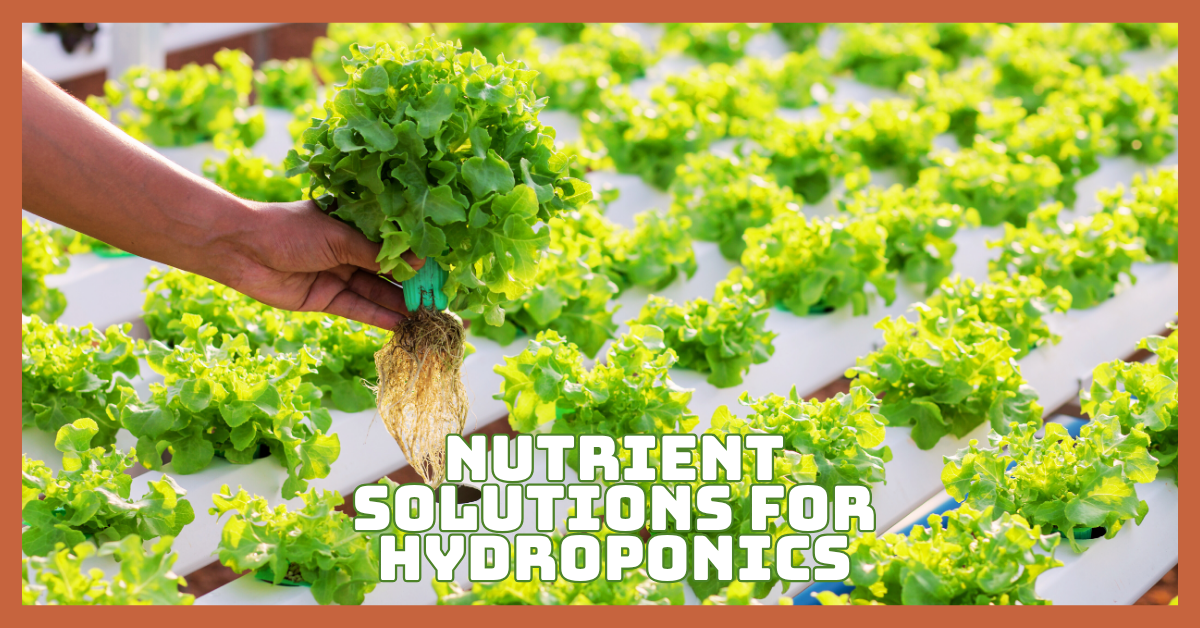
What Are Hydroponic Nutrient Solutions?
Hydroponic nutrient solutions are specially formulated liquid mixtures that provide all the essential minerals and nutrients plants need to grow without soil.
These solutions contain a precise balance of macronutrients like nitrogen, phosphorus, potassium, calcium, magnesium, and sulphur, as well as micronutrients such as iron, manganese, zinc, copper, boron, and molybdenum.
Hydroponics allows for faster development and larger yields than traditional soil gardening since plants receive these nutrients straight from the solution through their roots.
The nutrient solution is typically dissolved in water, and its concentration and pH are carefully monitored to optimize plant health and development.
Why Are Nutrient Solutions Important For Hydroponics?
Nutrient solutions for hydroponics are crucial because they supply all the essential minerals plants need to thrive in a soil-free system.
These solutions are vital, providing plants with all necessary minerals directly and ensuring healthy, efficient growth in a soilless environment.
1. Plants Get Nutrients Directly From The Solution
In hydroponics, plants rely solely on nutrient solutions to supply essential minerals since soil is absent. This solution contains all the macro- and micronutrients plants require for vital processes like photosynthesis and cell development.
Unlike soil, where nutrients may be unevenly distributed or unavailable, nutrient solutions provide plants with readily absorbable forms of nitrogen, potassium, phosphorus, calcium, magnesium, and trace elements.
Without this precise nutrient delivery, plants cannot grow properly or produce quality yields in a hydroponic system.
2. Precise Nutrient Management For Optimal Growth
Nutrient solutions allow growers to control nutrient concentrations with high precision, adjusting the formula to meet specific plant needs.
By monitoring pH and electrical conductivity (EC), growers optimize nutrient availability for each crop stage. This level of control helps prevent deficiencies or toxicities and supports faster growth and higher yields.
Such fine-tuned nutrient management is impossible in soil, where mineral availability can fluctuate due to environmental factors, making nutrient solutions the backbone of effective hydroponic cultivation.
3. Efficient Nutrient Uptake And Reduced Waste
Nutrient solutions for hydroponics play a key role in maximizing efficiency and sustainability by enabling direct, reusable mineral delivery to plant roots with minimal environmental impact.
Hydroponics minimizes this waste by recirculating nutrient solutions, allowing unused minerals to be reused. This system reduces ecological pollution from fertilizer runoff and conserves resources.
Efficient nutrient uptake also means plants grow healthier and faster, improving productivity while reducing the overall cost and environmental footprint of growing food.
4. Consistent Growing Environment
Nutrient solutions create a stable, uniform environment for plants, eliminating the variability found in soil conditions. Soil nutrient content can fluctuate due to rainfall, temperature, and microbial activity, causing stress and inconsistent plant growth.
In hydroponics, the nutrient solution’s composition and pH remain constant, ensuring plants have continuous access to the nutrients they need.
This consistency supports robust root development and reduces the risk of diseases related to nutrient imbalances, enabling growers to achieve predictable and high-quality harvests.
5. Supports Soilless Cultivation In Limited Spaces
Hydroponic nutrient solutions enable plant cultivation in areas lacking fertile soil or with space constraints, such as urban environments.
This method allows agriculture to flourish indoors, on rooftops, or in regions with poor soil quality or contamination. By bypassing soil, nutrient solutions provide all essential elements directly to the roots, supporting healthy growth anywhere.
This adaptability expands food production possibilities and helps meet increasing food demand in growing populations, making hydroponics a key technology for sustainable and space-efficient farming.
6. Promotes Faster Growth And Higher Yields
Plants in hydroponic systems absorb nutrients more efficiently from the nutrient solution than from soil, allowing energy to focus on growth and development.
This leads to faster maturation, more vigorous plants, and higher yields. Because the roots are directly bathed in a balanced nutrient solution, they avoid the energy-intensive process of searching for nutrients, resulting in improved resource use and healthier crops.
Overall, this efficient nutrient delivery supports better quality and quantity of produce in shorter time frames.
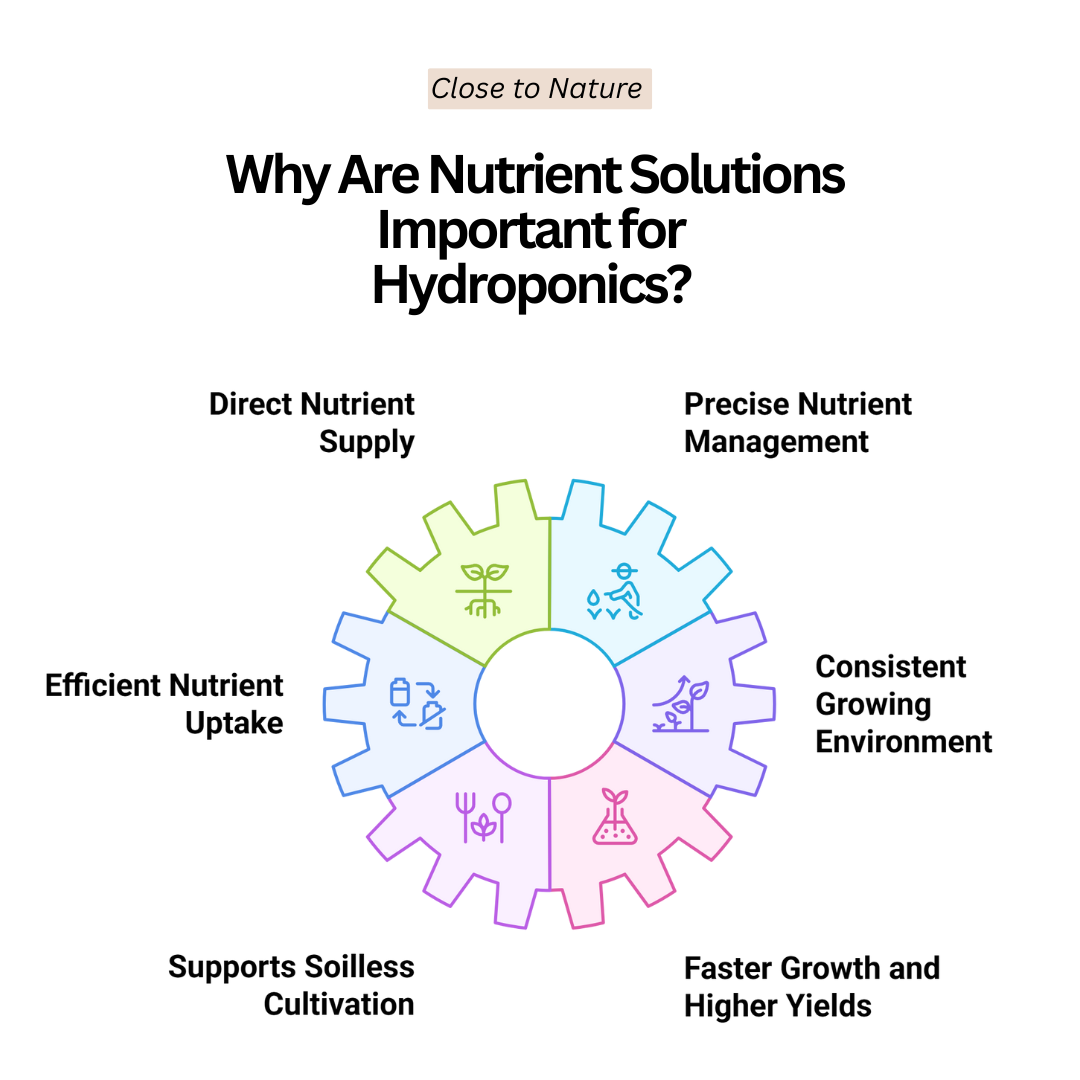
Types Of Hydroponic Nutrients
Hydroponic nutrients, which offer a perfect balance of macro- and micronutrients, vitamins, and pH adjusters to promote healthy development and maximum yields, are crucial for plant growth in soilless systems.
1. Macronutrients
Macronutrients are the primary elements plants require in large amounts for healthy growth. These include nitrogen (N), phosphorus (P), potassium (K), calcium (Ca), magnesium (Mg), and sulphur (S).
Potassium aids in controlling the flow of water and nutrients, phosphorus aids in root development and energy transfer, and nitrogen stimulates the growth of leaves and stems.
Calcium strengthens cell walls, magnesium is essential for chlorophyll production, and sulphur aids protein synthesis. In hydroponics, these nutrients must be carefully balanced in the solution since plants rely solely on the nutrient water for their entire mineral intake, making macronutrients the foundation of any compelling hydroponic nutrient mix.
2. Micronutrients
Micronutrients, although needed in much smaller amounts than macronutrients, are critical for plant health and metabolic functions.
These include iron (Fe), manganese (Mn), zinc (Zn), copper (Cu), molybdenum (Mo), boron (B), and chlorine (Cl). They act as cofactors in enzyme systems, support chlorophyll synthesis, aid hormone regulation, and improve nutrient uptake.
In hydroponics, micronutrients are added as trace element mixes or chelated forms to increase availability and prevent precipitation in the nutrient solution.
Without these, plants can suffer from deficiencies, showing symptoms like chlorosis or stunted growth, so precise dosing is essential for balanced nutrition.
3. Complete Hydroponic Nutrient Solutions
Complete hydroponic nutrient solutions are commercially formulated blends containing all essential macro and micronutrients tailored for hydroponic systems.
These solutions are designed to provide a balanced and stable nutrient profile optimized for different plant species and growth stages, such as vegetative or flowering phases.
They simplify the growing process by eliminating the need to mix individual nutrients, ensuring consistency and reducing errors.
These products often come as water-soluble powders or liquids, easily diluted to the desired concentration. Using a complete solution helps maintain proper pH and electrical conductivity, ensuring plants receive nutrients efficiently and uniformly throughout the growing cycle.
4. Calcium Nitrate
Calcium nitrate is an essential component of nutrient solutions for hydroponics, providing vital calcium and nitrogen to support strong plant structure and healthy early growth.
Nitrogen promotes rapid vegetative growth, making calcium nitrate especially important during early growth stages. This nutrient dissolves well in water, making it easy to incorporate into hydroponic solutions.
It is often used separately or combined with other nutrient salts to maintain calcium levels without affecting pH excessively.
Calcium nitrate also helps prevent common deficiencies like blossom end rot in tomatoes by ensuring adequate calcium uptake.
5. Potassium Nitrate
Potassium nitrate serves as a dual-source nutrient, providing plants with potassium and nitrogen. Potassium regulates water movement, enzyme activation, and photosynthesis efficiency, all crucial for overall plant health.
Nitrogen supports leaf and stem development. In hydroponic systems, potassium nitrate is valued for its high solubility and balanced nutrient delivery, promoting strong root systems and increased yield.
It is typically mixed with calcium nitrate and other nutrient salts to form a comprehensive nutrient solution. Proper potassium nitrate levels help plants tolerate stress better and improve fruit quality, making it essential for crops like tomatoes, peppers, and leafy greens.
6. Magnesium Sulphate (Epsom Salt)
Magnesium sulphate, commonly known as Epsom salt, provides two essential nutrients: magnesium and sulphur. Magnesium is a central component of chlorophyll molecules, necessary for photosynthesis and energy production.
Proteins and amino acids, which aid in the growth and metabolism of plants, require sulphur. In hydroponics, magnesium sulphate is easily dissolved and added to nutrient solutions to prevent deficiencies, which can cause yellowing leaves and poor growth.
Because plants cannot access magnesium and sulphur otherwise, supplementing with magnesium sulphate ensures efficient photosynthesis and enzyme functions, helping plants thrive and produce healthy foliage and fruit.
7. Micronutrient Mixes
Micronutrient mixes are concentrated blends of trace elements that supplement hydroponic nutrient solutions to prevent deficiencies.
These mixes usually contain iron, manganese, zinc, copper, molybdenum, boron, and chlorine in chelated or soluble forms to enhance stability and uptake by plants.
Chelation protects nutrients from precipitation or becoming unavailable in solution, especially important in hydroponics, where pH can fluctuate.
Growers add these mixes carefully in small quantities to balance micronutrient levels according to plant needs and growth stages.
Proper micronutrient availability supports enzymatic activity, photosynthesis, and overall plant vigour, reducing risks of nutrient-related disorders.
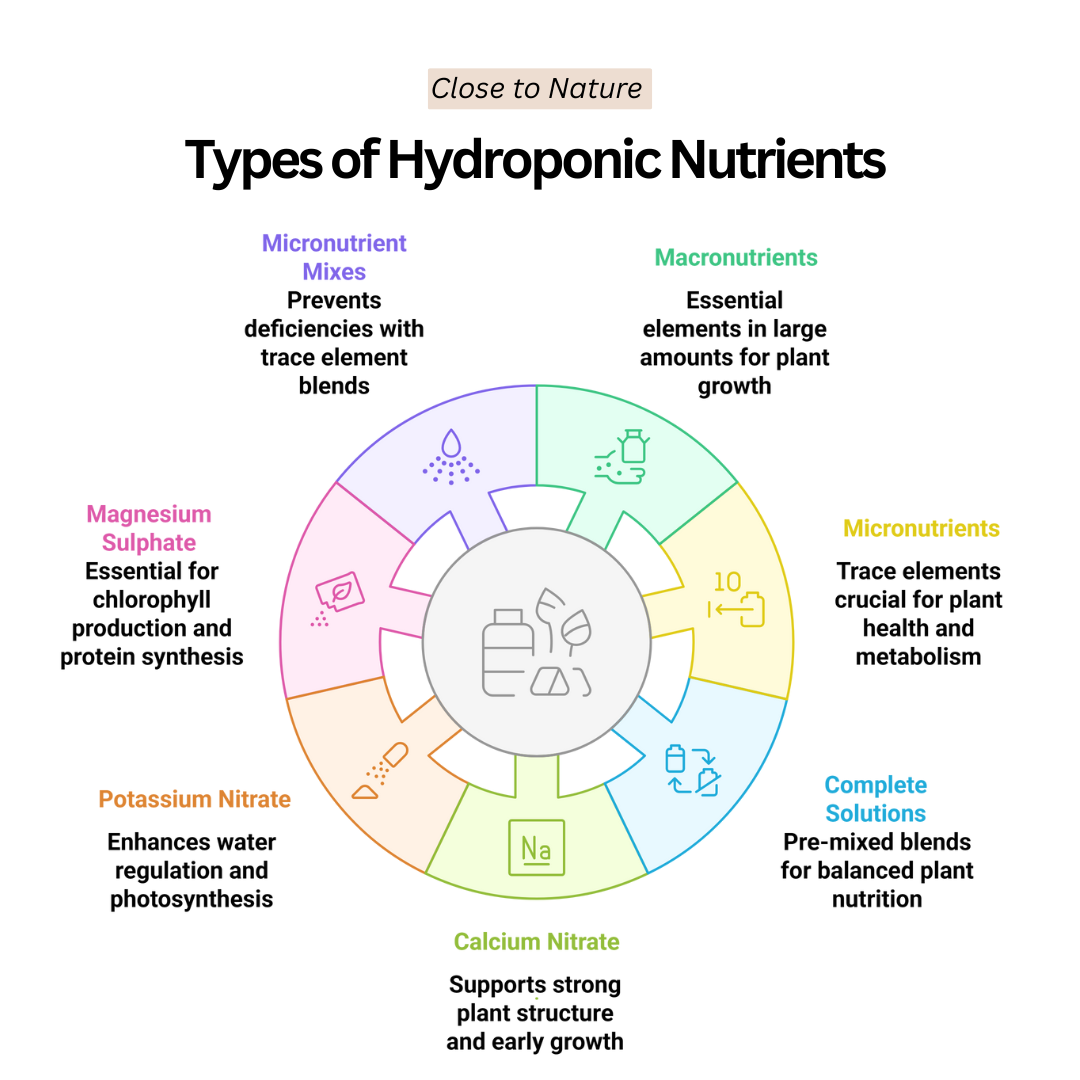
8. Organic Hydroponic Nutrients
Fish emulsion, seaweed extracts, compost teas, or fermented plant materials are examples of natural sources of organic hydroponic nutrients.
Unlike synthetic nutrients, organics provide nutrients in complex organic molecules that microbes break down, slowly releasing minerals for plant uptake.
These nutrients enrich the root environment with beneficial microorganisms, improving nutrient availability and plant health. However, organic nutrients may require additional filtration or aeration to prevent clogging in hydroponic systems.
They are favoured by growers seeking sustainable, chemical-free cultivation methods, though nutrient concentrations can be less predictable, requiring careful monitoring and management for optimal plant growth.
9. Iron Chelates
Iron chelates are crucial in nutrient solutions for hydroponics because they ensure a stable, available supply of iron necessary for photosynthesis and vibrant plant health.
Iron (Fe) is critical for chlorophyll synthesis and acts as a catalyst in various enzyme functions. In hydroponics, free iron often precipitates or becomes unavailable due to pH changes, so chelated iron (like Fe-EDTA, Fe-DTPA, or Fe-EDDHA) is used to maintain iron solubility.
Chelates prevent iron deficiency symptoms such as interveinal chlorosis (yellowing between leaf veins), ensuring efficient photosynthesis and healthy green foliage throughout the plant’s life cycle.
10. Silicon Supplements
Silicon is not traditionally considered an essential nutrient, but many hydroponic growers use silicon supplements to strengthen plant cell walls and improve resistance to pests, diseases, and environmental stress.
Silicon enhances structural integrity, reducing lodging (plants falling over) and improving drought tolerance. It also supports nutrient uptake and photosynthesis efficiency.
Familiar silicon sources include potassium silicate or silicic acid. Though plants require silicon in small amounts, its beneficial effects make it a popular additive, especially for crops like tomatoes, cucumbers, and peppers grown in hydroponic systems.
11. Humic And Fulvic Acids
Decomposed plant matter and soil organic matter are the sources of fulvic and humic acids, which are organic molecules.
They act as natural chelators, improving nutrient availability and uptake in hydroponic systems. Humic acids enhance root growth and increase cation exchange capacity, while fulvic acids penetrate plant tissues quickly, transporting nutrients inside cells.
Both improve soil-like conditions in hydroponic solutions, stimulate beneficial microbial activity, and boost overall plant health and stress resilience. Though not nutrients themselves, they optimize nutrient efficiency, making hydroponic feeding more effective.
12. Amino Acid Supplements
Amino acid supplements provide hydroponic plants with organic nitrogen in the form of free amino acids, peptides, and proteins.
These compounds support protein synthesis, enzyme activity, and stress tolerance. Amino acids can improve nutrient uptake, stimulate root development, and help plants recover from environmental stress like heat or drought.
They often come from hydrolyzed proteins derived from plants or animals. Including amino acids in hydroponic nutrient solutions promotes faster growth and higher yields, especially under challenging growing conditions.
13. Trace Element Blends
Trace element blends are vital in nutrient solutions for hydroponics, supplying balanced micronutrients that support essential plant functions in the absence of soil-based minerals.
These blends are designed to avoid individual element toxicity or deficiency by providing nutrients in safe, effective concentrations.
They are often chelated to improve stability in solution. Adding trace element blends ensures plants receive a full spectrum of micronutrients crucial for enzyme function, chlorophyll synthesis, and hormone regulation. These blends are essential in hydroponics, where natural soil mineral reserves are absent.
14. pH Adjusters (Acids & Bases)
Though not nutrients themselves, pH adjusters like phosphoric acid, nitric acid, potassium hydroxide, or potassium carbonate are critical in hydroponics to maintain the nutrient solution’s pH between 5.5 and 6.5.
Proper pH ensures maximum nutrient availability and uptake. If pH drifts too high or low, key nutrients like iron or phosphorus become unavailable, causing deficiencies.
Growers use these adjusters regularly to keep the solution stable, ensuring that all macro and micronutrients remain soluble and accessible to plant roots throughout the growth cycle.

How To Prepare Nutrient Solutions For Hydroponics
Preparing nutrient solutions is essential for successful hydroponic gardening. It ensures plants receive the precise nutrients they need for optimal growth, health, and productivity without relying on soil.
1. Understand Plant Nutrient Needs
For proper growth, hydroponic plants require both macro and micronutrients. Macronutrients include nitrogen, phosphorus, and potassium, while micronutrients include iron, zinc, and copper.
Understanding specific crop requirements ensures balanced nutrition, preventing deficiencies or toxicities that could impact growth, yield, and overall plant health in your system.
2. Choose Quality Fertilizers
Select high-quality, water-soluble fertilizers specifically designed for hydroponics. These are typically sold as two or more separate components to prevent unwanted chemical reactions.
Using general-purpose garden fertilizers is not recommended, as they may contain impurities or incorrect ratios, which can harm your plants or clog your hydroponic system.
3. Prepare Clean Water
Start with clean, filtered, or distilled water, free from chlorine and heavy metals. Tap water may contain minerals or contaminants that affect nutrient uptake.
The ideal starting pH for water is around 6.0, and the electrical conductivity (EC) should be low, as excess salts can interfere with nutrient absorption.
4. Measure And Mix Fertilizers
Accurately measure each fertilizer component using a digital scale or measuring spoon. Dissolve them in warm water separately—starting with Part A, then Part B—to avoid chemical interactions.
Stir well to ensure complete dissolution before combining them in the final solution. This prevents nutrient lockout and ensures even distribution.
5. Adjust The Solution Volume
After mixing the fertilizers, add water gradually until the total volume matches your reservoir capacity. This ensures the nutrient concentration remains accurate.
To prevent contamination, always combine in a clean container. Adjusting the final volume is crucial to maintaining consistency and providing plants with the correct nutrient balance.
6. Check And Adjust pH
Use a digital pH meter or a reliable test kit to monitor your solution’s pH. For the majority of hydroponic crops, 5.5 to 6.5 is the optimal range.
If it’s too high or low, use pH up or pH down solutions to correct it. Accurate pH ensures optimal nutrient availability and uptake.
7. Measure Electrical Conductivity (EC)
Electrical conductivity (EC) indicates the concentration of nutrients in your solution. Use an EC meter to measure it. Different crops have ideal EC ranges—usually between 1.2 and 2.5 mS/cm. Adjust the EC by diluting with water or adding more nutrients to ensure proper feeding and avoid nutrient burn.
8. Store Properly
If you’re not using the solution immediately, store it in a cool, dark place, tightly sealed to avoid contamination. Light and heat can degrade nutrients over time.
Label containers with the date and contents. Regularly clean storage tanks to prevent algae growth and maintain the solution’s effectiveness and safety.

Conclusion
Nutrient solutions are vital for the success of any hydroponic system, ensuring plants receive the precise elements needed for healthy growth.
Maintaining well-balanced nutrient solutions for hydroponics is essential to achieving optimal plant health, high yields, and efficient, soil-free gardening from start to finish.
Whether using commercial mixes or creating custom blends, consistency and monitoring are key. With the correct nutrient solution, hydroponic gardening becomes more efficient, productive, and rewarding, supporting vibrant, thriving plants from seedling to harvest.
I trust you enjoyed this article on the Best Nutrient Solutions For Hydroponics. Please stay tuned for more blog posts soon. Take care!
JeannetteZ
>>> Please click here to read my all-inclusive article, About The Essential Companion Planting Guide <<<
>>> Please click here to read my all-inclusive article about Container Gardening <<<
>>> Are you interested in homegrown herbs and medicine? Please click here to find out more about it! <<<
Your Opinion Is Important To Me
Do you have thoughts, ideas, or questions? I would love to hear from you. Please leave me your questions, experiences, and remarks about this article on the Best Nutrient Solutions For Hydroponics in the comments section below. You can also email me at Jeannette@Close-To-Nature.org.
Disclosure
This post may contain affiliate links. As an Amazon Associate and other affiliate programs, I earn from qualifying purchases at no extra cost to you. Please read my full affiliate disclosure.
You might also enjoy these blog posts:
Transform Your Home With A Beautiful Vertical Indoor Herb Garden
Vertical Indoor Garden for Tropical Plants
Ultimate DIY Vertical Garden Ideas To Transform Your Space
Best Types Of Mulch For Gardens
Master The Feng Shui Bagua Map For A Life Of Abundance And Joy
